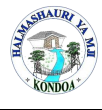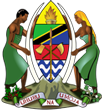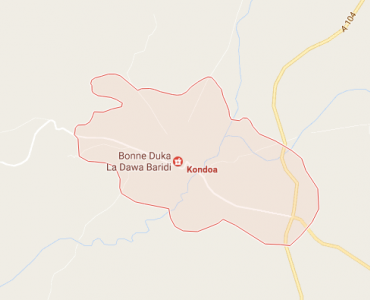- Mwanzo
- Kuhusu Sisi
-
Utawala
- Muundo wa Taasisi
-
Divisheni
- Idara ya Afya
- Idara ya Maji
- Idara ya Utumishi na Utawala
- Idara ya Mipango ,Takwimu na Ufuatiliaji
- Idara ya Fedha na Biashara
- Idara ya Elimu Msingi
- Idara ya Elimu sekondari
- Idara ya Kilimo,Umwagiliaji na Ushirika
- Idara ya Mifugo na Uvuvi
- Idara ya Ardhi na Maliasili
- Idara ya Maendeleo ya Jamii na Ustawi wa Jamii
- Idara ya Ujenzi na Zimamoto
- Idara ya Usafi na Mazingira
- Divisheni
- Divisheni ya Elimu ya Awali na Msingi
- Divisheni ya Elimu ya Sekondari
- Divisheni ya Huduma za Afya, Ustawi wa Jamii na Lishe
- Divisheni ya Miundombinu Vijijini na Mijini
- Divisheni ya Viwanda Bishara na Uwekezaji
- Divisheni ya Usimamizi na Utawala wa Rasilimali watu
- Divisheni ya Mipango na Uratibu
- Divisheni ya Maendeleo ya Jamii
- Divisheni ya Kilimo, Mifugi na Uvuvi
- Kitengo
- Fursa za Uwekezaji
- Huduma Zetu
- Madiwani
- Miradi
- Machapisho
- Kituo cha habari









